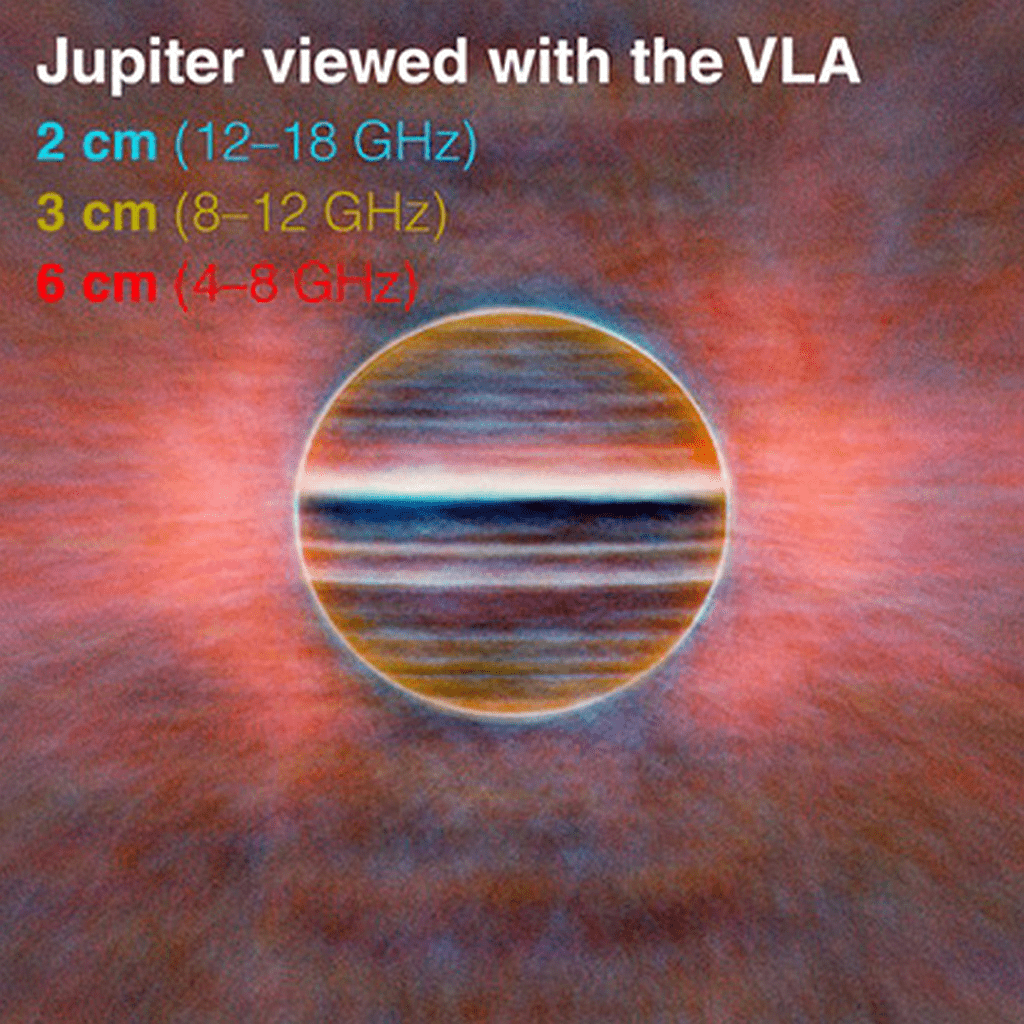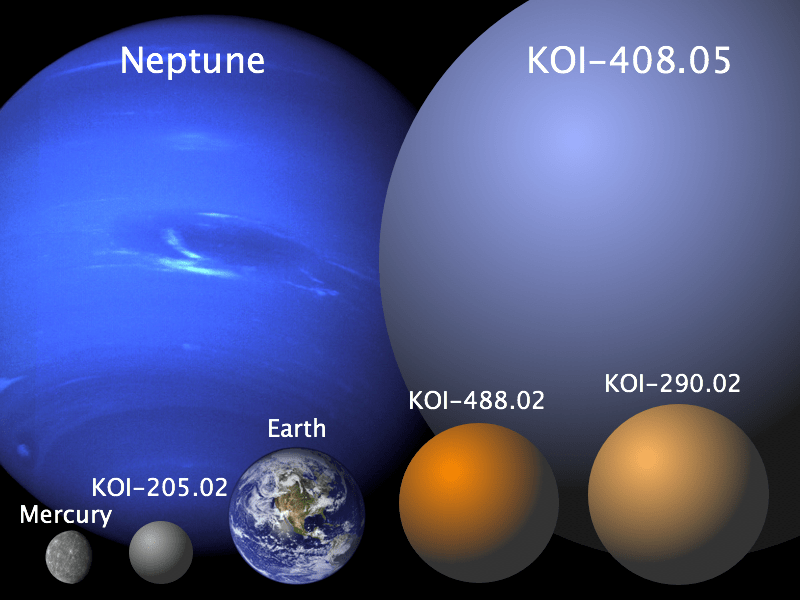
While NASA has had a long and storied history of building and testing experimental aircraft – called X-planes -- it has been almost a decade the space agency has developed any new aircraft. But an initiative announced earlier this year as part of the new budget has NASA back designing, building and flying a new series of X-planes, with the goal of creating more "green" aviation technologies that can then be utilized by the aeronautics industry.
Continue reading

The Saturn V rocket that was supposed to launch Apollo 19 to the Moon in 1973 has found a new home at the Infinity Science Center in Mississippi.
Continue reading
Continue reading

Continue reading

Earth has a new dance partner, a quasi-moon named 2016 H03.
Continue reading

As we've learned, black holes can evaporate over time thanks to the creation of virtual particles at the edge of the event horizon. Dr. Paul Matt Sutter returns to help us make sense of the science.
Continue reading

The Additive Manufacturing Facility, or 3D printer, on-board the ISS has made its first tool.
Continue reading

CAPE CANAVERAL AIR FORCE STATION, FL — Nearly perfect weather greeted the blastoff of a nearly identical pair of xenon propulsion commercial telecom satellites carried to orbit today, Wednesday, June 15, by an upgraded SpaceX Falcon 9 rocket from the Florida space coast.
Continue reading

With the announcement of the second detection of elusive gravitational waves, scientists hope this is just the beginning of a new era of understanding our Universe.
Continue reading

A fossilized meteorite from a quarry in Sweden is a new type of space rock that's different from other meteors.
Continue reading

CAPE CANAVERAL AIR FORCE STATION, FL — Less than three weeks after their last launch and landing attempt involving a Thai payload, SpaceX is set to continue the firms rapid fire pace of satellite deliveries to orbit with a new mission involving a stacked pair of all-electric propulsion commercial comsats that are due to liftoff tomorrow, Wednesday morning.
Continue reading

The coming month is a great time to cross Pluto off of your observing life list, with our complete guide to Pluto at opposition for 2016.
Continue reading

Continue reading

Mammals were well on their way to dominance long before an asteroid strike was the death-blow for dinosaurs.
Continue reading

CAPE CANAVERAL AIR FORCE STATION, FL — A top secret eavesdropping satellite constructed to support America's national defense plowed a dazzling path to orbit Saturday riding atop the immense firepower of the mightiest rocket in the world - the triple barreled Delta IV Heavy powerhouse.
Continue reading

CAPE CANAVERAL AIR FORCE STATION, FL — The world's largest rocket was ready to rumble with a secret spy satellite for the NRO until Thursday's stormy weather across the so-called 'sunshine state' postponed the engines roar by 48 hours to Saturday, June 11.
Continue reading

A decade of high-tech scanning has confirmed that the Antikythera Mechanism is an ancient astronomical computer.
Continue reading
Continue reading

The smell of Mars could be recreated here on Earth. Might it help prepare colonists for their stay on Mars?
Continue reading

Elon Musk has announced plans to reuse its four rockets in September or October 2016.
Continue reading

Continue reading

One of the big mysteries in astronomy is what happened to all the antimatter? Is it possible that it's actually still out there, in huge antimatter galaxies?
Continue reading

CAPE CANAVERAL, FL — A classified surveillance satellite set to fortify the reconnaissance capabilities of America's spy masters is now set to launch this Thursday afternoon, June 9, atop America's most powerful rocket - the Delta 4 Heavy.
Continue reading

200,000 people applied to be one-way colonists to Mars. Now they're being whittled down to 40.
Continue reading

Continue reading

In this guest post from Photographingspace.com, Janik Alheit explains how he was able to photograph the Milky Way above the normally light polluted city of Cape Town.
Continue reading

PORT CANAVERAL, FL - The spent SpaceX Falcon 9 first stage booster that sped to space and back and landed safely at sea, 'lifted off' for a second time so to speak after CEO Elon Musk's "Baby Made it Home" to her home port around lunchtime on June 2 - as I witnessed and reported here for Universe Today.
Continue reading

This weekend offers backyard scope users a great chance to ferret out letters of the alphabet, etched across the lunar surface. Here's our guide to lunar letters, both well known and obscure.
Continue reading

A new radio-telescope image of Jupiter has revealed the rising plumes of ammonia that help shape Jupiter's clouds.
Continue reading

PORT CANAVERAL, FL - As you may have heard its Mars opposition season. What you may not have heard is that Mars made its closest Earth approach high in the nighttime Sunshine State skies coincidentally at the same time as a sea landed SpaceX Falcon 9 was visible just offshore floating on the horizon below.
Continue reading

SpaceX founder Elon Musk has announced his ambitious plan to get humans to Mars by 2024.
Continue reading

A team of astronomers using the Hubble telescope have found that the Universe is expanding more rapidly than thought.
Continue reading

Port Canaveral, FL- The first ever daylight arrival afforded endless eye-popping views of what can only be described as a truly radiant SpaceX Falcon 9 recovered first stage booster sailing victoriously into Port Canaveral, Florida, at lunchtime today, Thursday, June 2.
Continue reading

The Egyptian boy-king's blade was made 600 years before Egypt had iron-smelting technology.
Continue reading

Continue reading

If we do discover that there are aliens orbiting other planets, will we know how to communicate with them? What messages can we send that they'll understand?
Continue reading

When space objects pass in front of other space objects, we call that a transit. And it turns out, they're not just fun to watch, they helped us figure out our place in the cosmos.
Continue reading

Using lunar samples from the Apollo missions, scientists have determined that the majority of water inside the Moon was delivered by meteors.
Continue reading

Billions of year ago, the Sun, the planets, and all other objects in the Solar System began as a giant, nebulous cloud of gas and dust particles.
Continue reading

A student at the University of British Columbia has discovered four new exoplanets in Kepler data.
Continue reading

Orbital ATK announced late Tuesday that the company's Antares medium-class commercial rocket outfitted with new first stage RD-181 engines has successfully completed a test firing of the powerplants.
Continue reading

Continue reading

Facebook CEO Mark Zuckerberg will conduct a live chat with ISS astronauts today, and it will be streamed at NASA's Facebook page.
Continue reading

Continue reading

Watch that Moon this weekend, as it crosses the dawn sky, meets up with Mercury, and ushers in Ramadan 2016.
Continue reading

The package of powerful science instruments at the heart of NASA's mammoth James Webb Space Telescope (JWST) have been successfully installed into the telescopes structure.
Continue reading

The Delta-4 Heavy launch scheduled for this weekend has been cancelled due to unspecified payload reasons.
Continue reading

Can we assume that aliens will evolve intelligence over the eons, and will this lead to other technological civilizations? Will aliens find big brains sexy?
Continue reading

CAPE CANAVERAL AIR FORCE STATION, FL - Spectacular imagery showcasing SpaceX's Thaicom blastoff on May 27 keeps rolling in as the firms newest sea landed booster sails merrily along back to its home port atop a 'droneship' landing platform.
Continue reading

Mars is reaching its closest point to Earth in 11 years, and will be a delightful to amateur astronomers.
Continue reading

 Universe Today
Universe Today












































